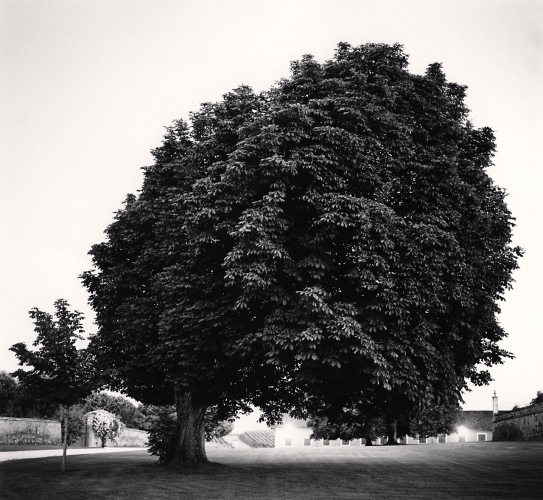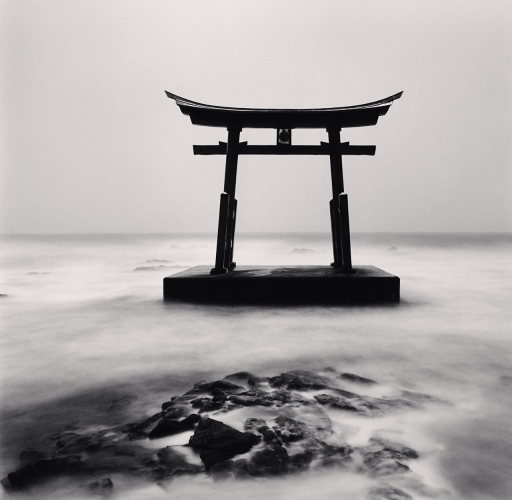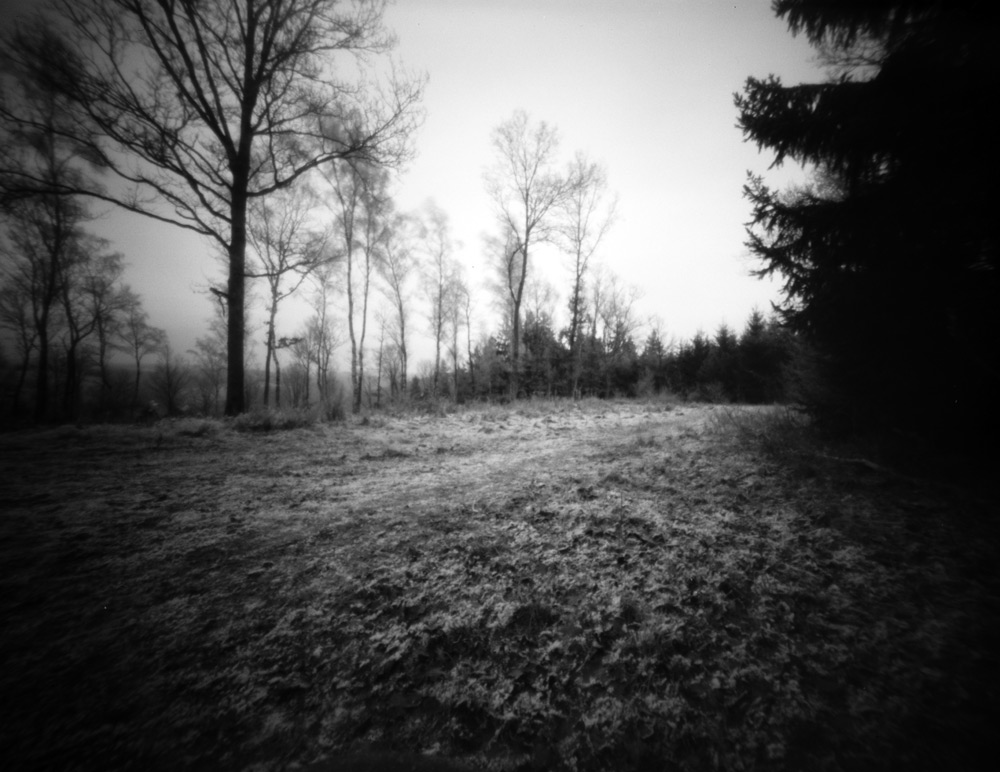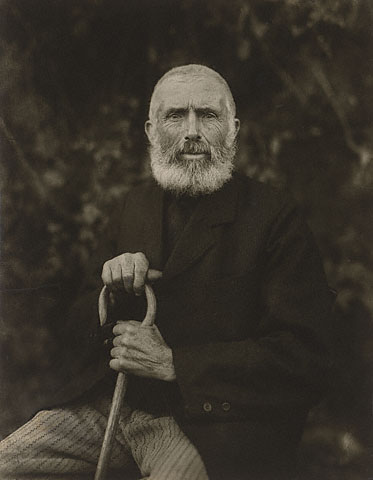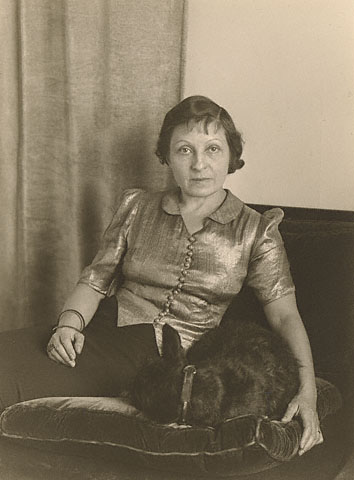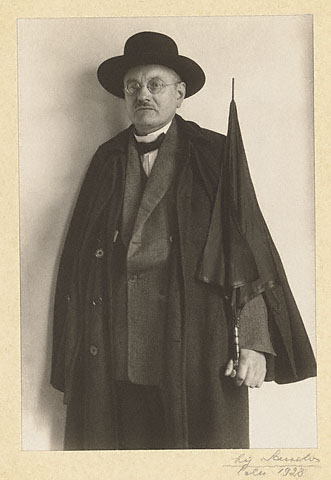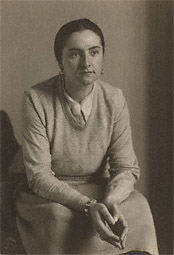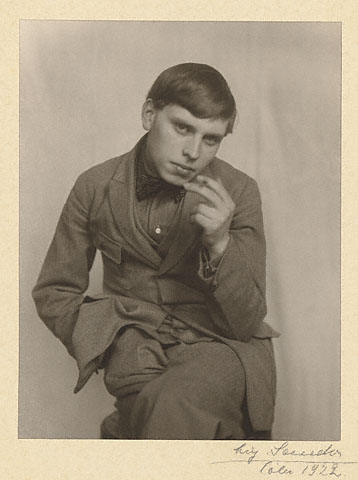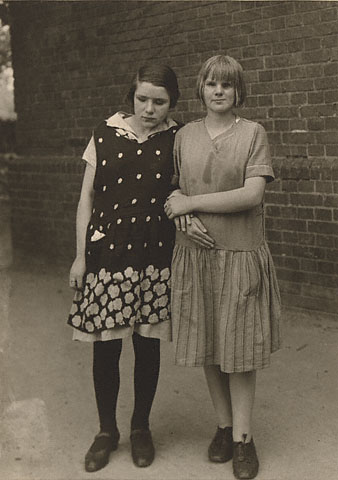
Two Boardwalks, Dunalley, Tasmania, Australia. 2013
This is my favorite picture by Mr. Kenna. I love the use of the deep deep blacks without the really bright whites. I love how the whole image is done in a black-grey scale using different shades of the color, black, to achieve the look. This image is in a very "iconic" style, meaning many people have done it, but i really enjoy Kenna's version. I feel that the picture has a lot to say and thus why it has been copies so many times. I love how the boardwalk that the image was taken on is from a perspective that makes the boardwalk look so long. I feel that the longness of the boardwalk is almost a representation of the paths that we choose in our lives. I can be long and dreadful and it may seem like it is never ending. I really think that this image represents that perfectly. I also love the blurry affect of the boardwalk on the left. To me it represents a different path that you made have taken in your life and it is always there in the back of your mind. My FAVORITE part of the image is the deep black of the water on the right-side corner. It is a beautiful deep black and i feel that i means evil i someones life. I also like the mountains in the very very far left corner. I feel that they might signify a greater power over your life, It might be a spiritual, emotional, religious, etc power but it is there clear and present in your life. I also love the white that is overcoming the dark, its like a dark vs light conflict. I love images like this. Why? Because you can make your own stories to it, like everything that i just wrote is what the image means to me, but someone else could come and look at this image and find a completely different meaning to this image. That what i love about photography overall. It like a complete book in one image. You can look at it and come up with a complete story in your mind, and it can be a different story then everyone else's. I believe Mr. Kenna is a great photographer, he captures moments, feelings, and stories all in one image and i believe that is great talent. Mr. Kenna uses Hasselblad medium format and Holga cameras to achieve these images. "Kenna's photography focuses on unusual landscapes with ethereal light achieved by photographing at dawn or at night with exposures of up to 10 hours" (Wiki). I admire Mr. Kenna for all the time and dedication that he puts into his images and it really shows this dedication because his images are truly beautiful. Every time i look at his photography i feel really inspired to go out, grab a camera, and just start shooting the beautiful things around us that we take for granted everyday, that is why i choose Mr. Kenna to do my research project over.

